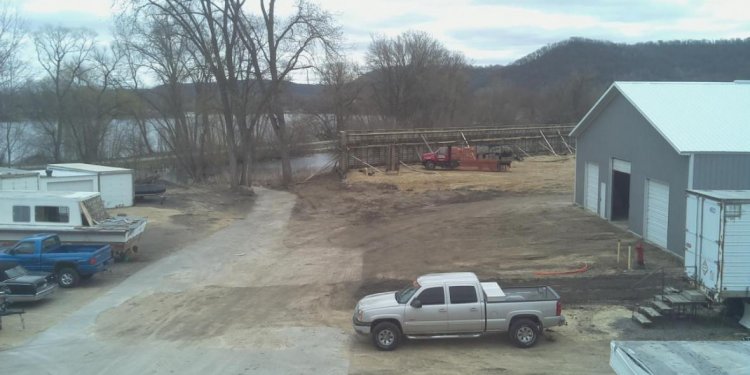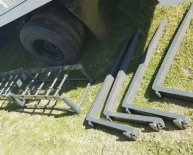
Concrete trucks pouring
QUESTION: Recently we delivered a special mix to a foundation pour. The contractor had anticipated a fast placement and had ordered that all the trucks be on the job at the project's start. Just prior to starting the pour, the general contractor's safety officer shut the site down due to lightning concerns.
We had six trucks waiting on the jobsite. The storm lasted 90 minutes. Since the mix design was a special order, we couldn't redeploy the trucks to another job. Other than the thunderstorm, it was a perfect day for a pour. The ambient temperature was about 70º F and cloudy. The loads dried up a little, but the slump test result on the first load was within project specifications without retempering.
We were all set to start when the testing lab's field tech stopped the pour. He said the concrete was too old and he had no option but to reject all of the loads.
Was the testing lab's field rep correct in rejecting the loads? Was there an alternative?
ANSWER: The testing representative was correct regarding the time limit. But he was incorrect in suggesting there was no other way to address the issue.
ASTM C-94, Specification for Ready-Mixed Concrete, does place a time requirement on delivered concrete. The document states that discharge of the concrete shall be completed within 1 ½ hours after the introduction of the mixing water to the cement and aggregates, or the introduction of the cement to the aggregates. But the document clearly states these limitations can be waived by the purchaser if the concrete slump is such that the material can be placed without adding water.
To help prevent these types of disputes, the American Society of Concrete Contractors recently issued Position Statement #2, “Concrete Discharge Time Requirements.” This one-page document succinctly outlines the problem and possible solutions. Producers and contractors can use the statement in preconstruction meetings as a reference.

















